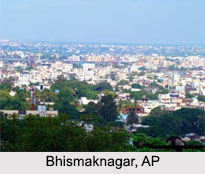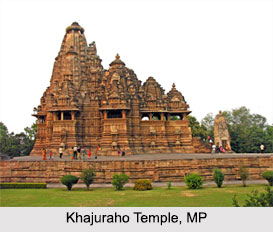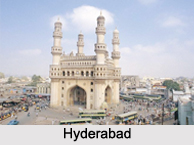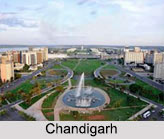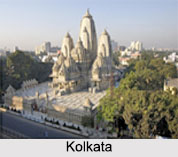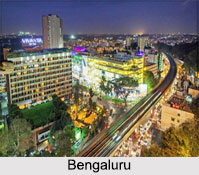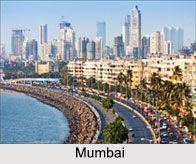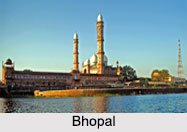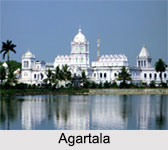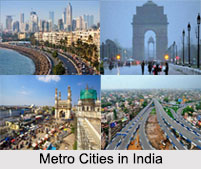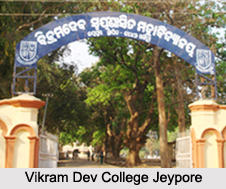 Education in Jeypore deals with the several schools, colleges and universities. Some of the schools and colleges were built by Maharaja Vikram Deo, who was one of the generous kings in Jeypore during rule of British Empire in India.
Education in Jeypore deals with the several schools, colleges and universities. Some of the schools and colleges were built by Maharaja Vikram Deo, who was one of the generous kings in Jeypore during rule of British Empire in India.
Schools in Jeypore
There are several Oriya medium schools in the town such as Government Boys High School, Girls High School, Municipal High School No I, II and III (girls), Upper Kolab Project High School, Saraswati Sishu vidya mandir and many more. The English medium schools are Modern English school, Jeypore Public school, Deepti Convent School, DAV Model Senior Secondary School, Redwoods English School and Siddhartha English Medium School.
Colleges of Jeypore
Some of the colleges of Jeypore include Vikram Dev College Jeypore, which is one of the oldest and prominent colleges of Odisha established in 1947. The college started at the present P. G. Block was known as `Jeypore College` from July 1, 1947. As a tribute to the philanthropist king, Rajarshi Vikram Deb Verma, the college was renamed to "Vikram Deb College" in 1961. Honours subjects teaching were imparted from during 1968-73 and Post Graduate courses were started from 1979. The other colleges being Govt. Women`s College and Law College. Of late many private colleges have started in the town making the environment highly competitive. Among them prominent are Narayani Junior College and vidwan institute of basic sciences.
Professional Colleges in Jeypore
Jeypore also has colleges offering professional courses such as Gopal Krushna College of Engineering & Technology, which was established in the year 1989. Jeypore College of Pharmacy is another renowned pharmacy institute. Along with it various Engineering Diploma colleges are present namely Institute of engineering & Management (I.E.M), Hi-Tech Institute of Information and Technology (HIIT) and Jeypore School of Engineering and Technologies.
Research Education in Jeypore
Jeypore has the vast scope of research after post graduation. M. S. Swaminathan Research Foundation (MSSRF) has been working in the Jeypore region of Odisha since many years. The Food and Agriculture Organization (FAO) of the United Nations has declared Jeypore region as a Globally Important Agricultural Heritage System (GIAHS) and the MSSRF as its nodal point
Related Articles
Odisha
Temples of Odisha
Districts of Odisha
Puri, Odisha
Forts in Odisha
Crafts of Odisha
Beaches of Odisha
Cities of Orissa
